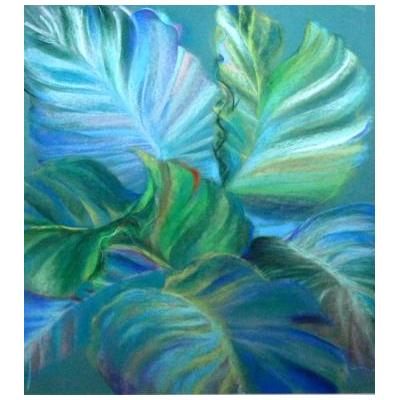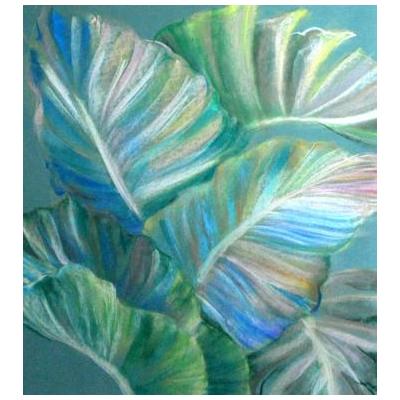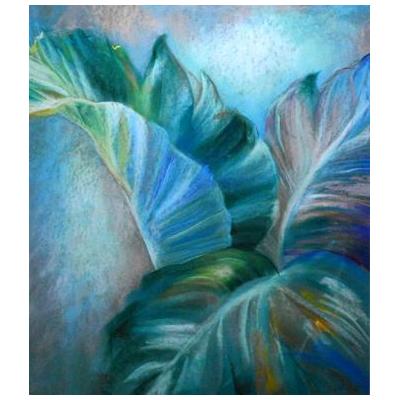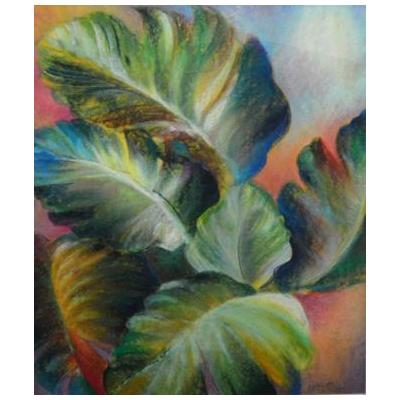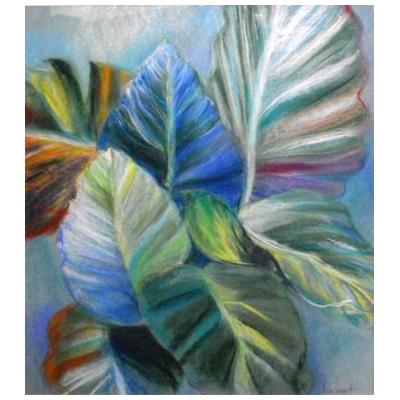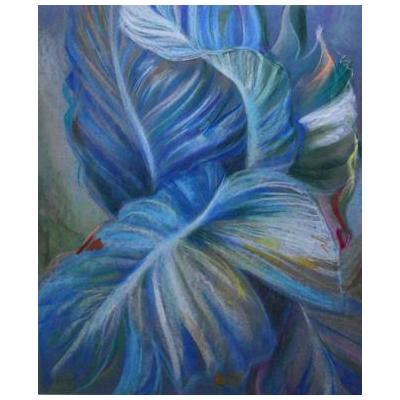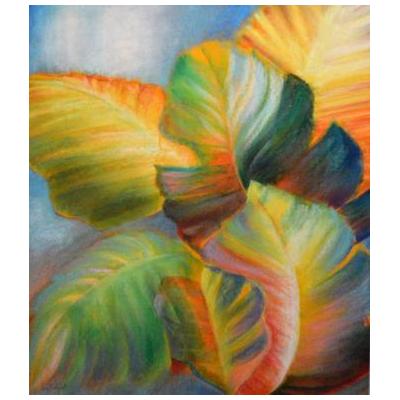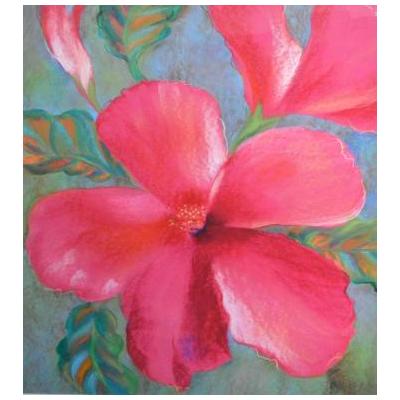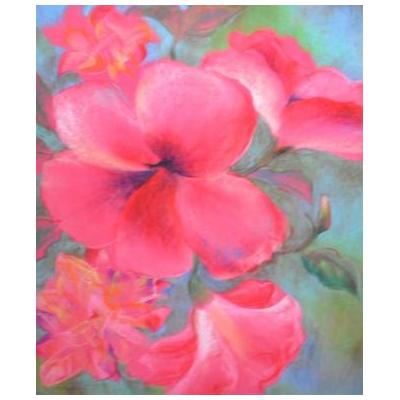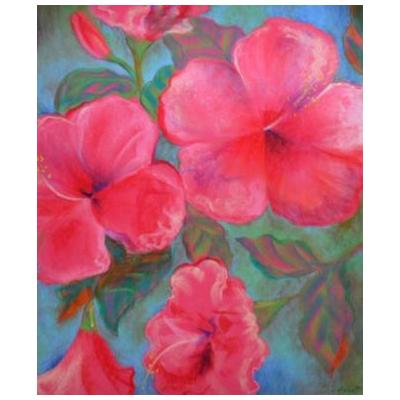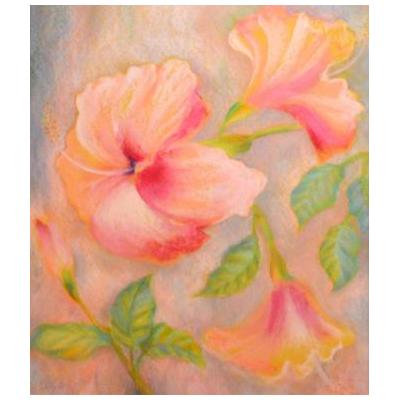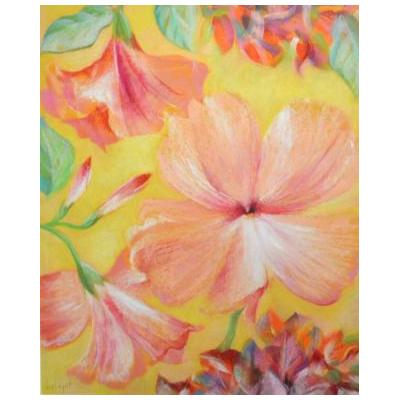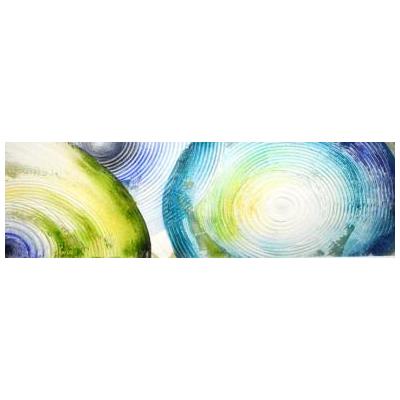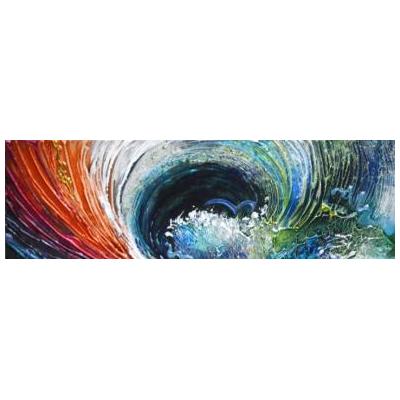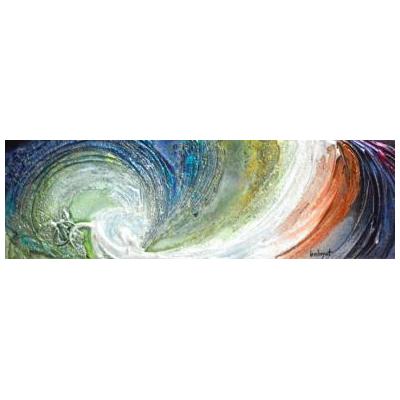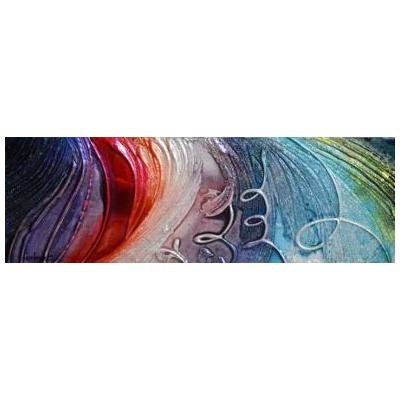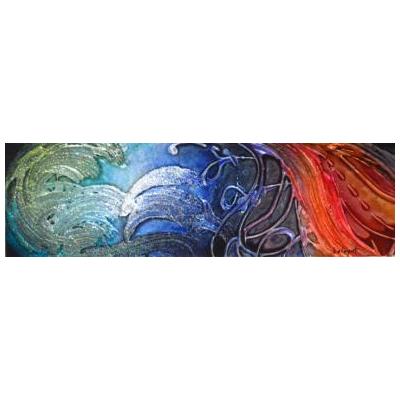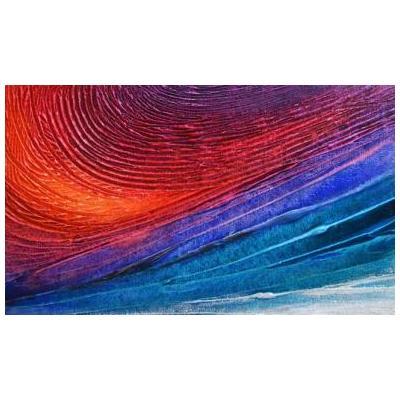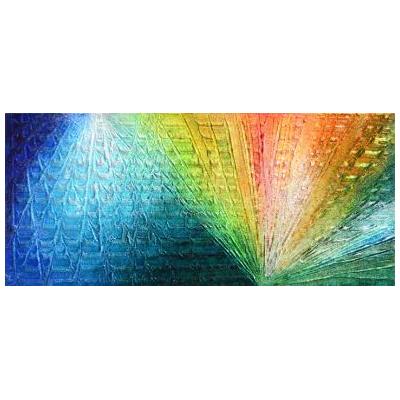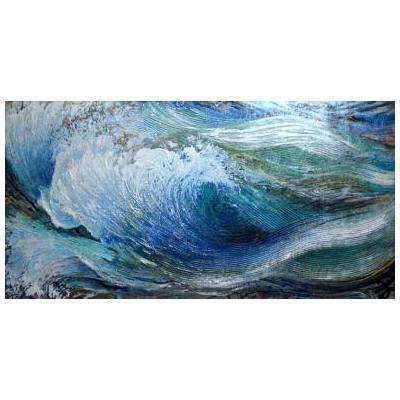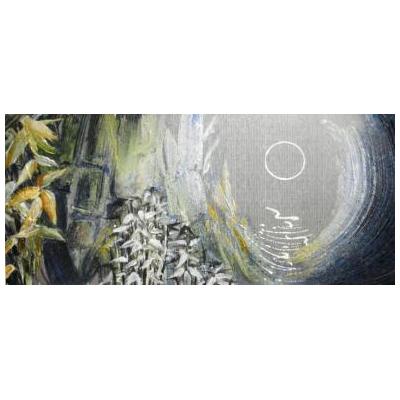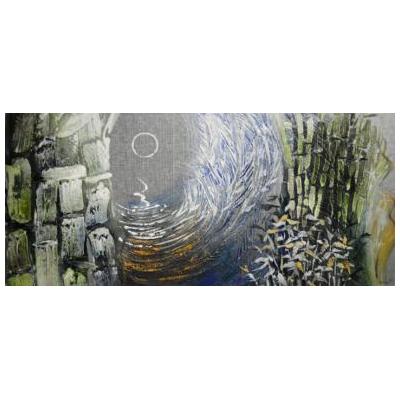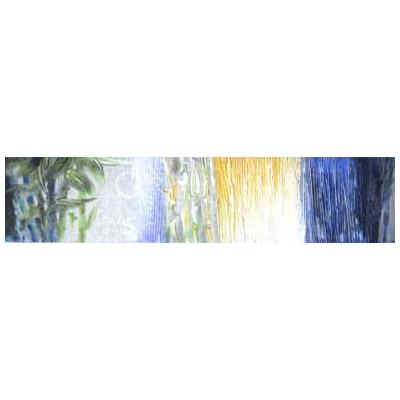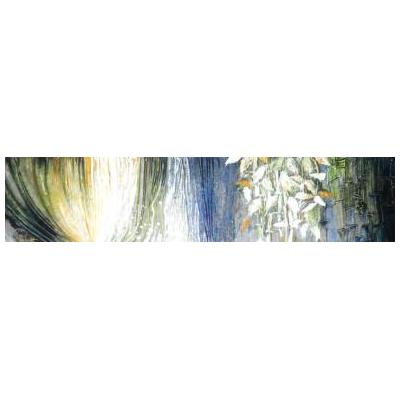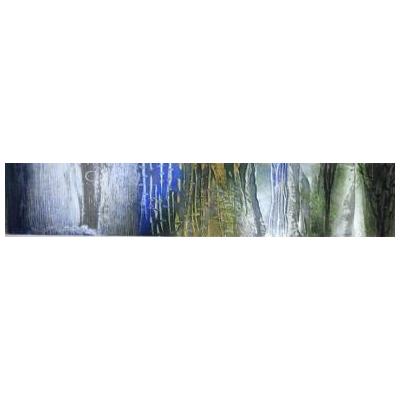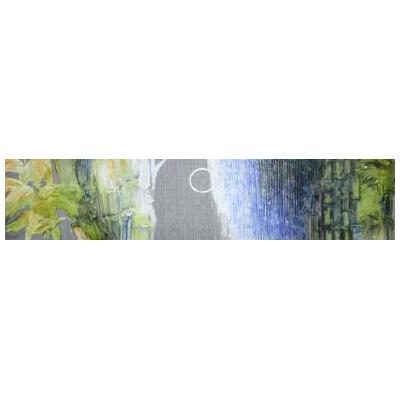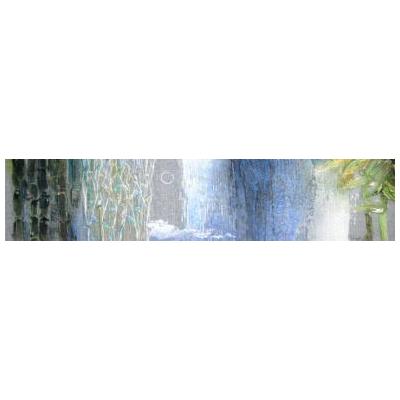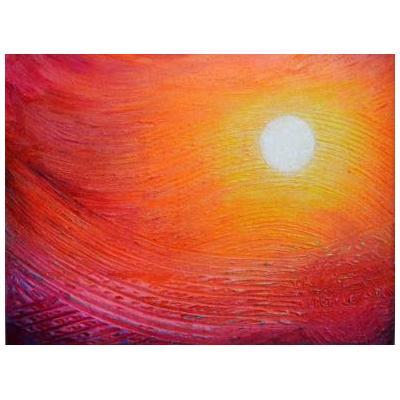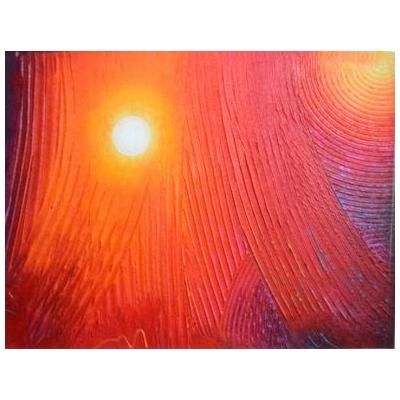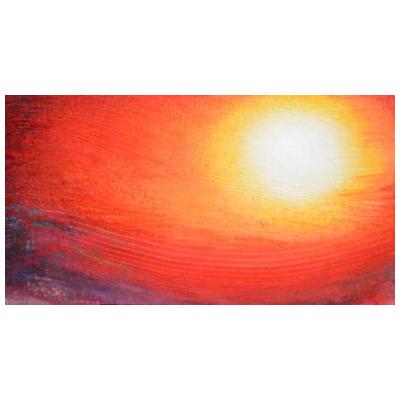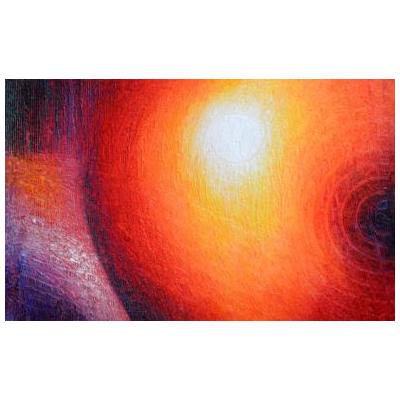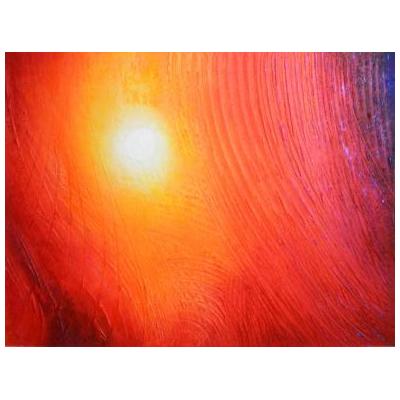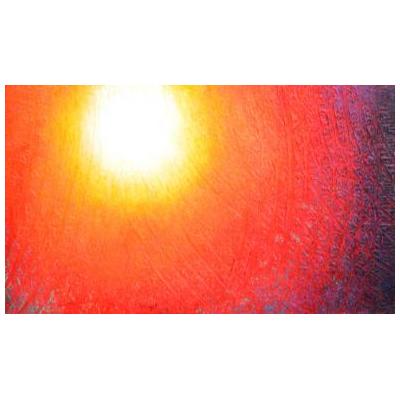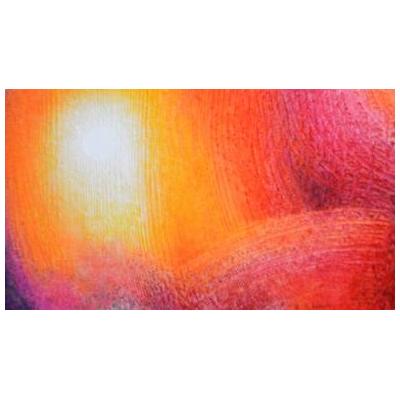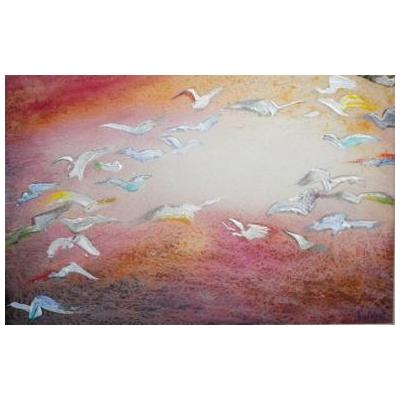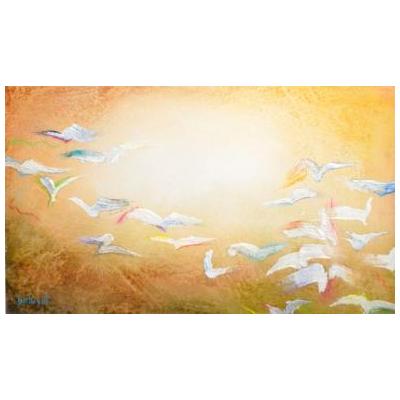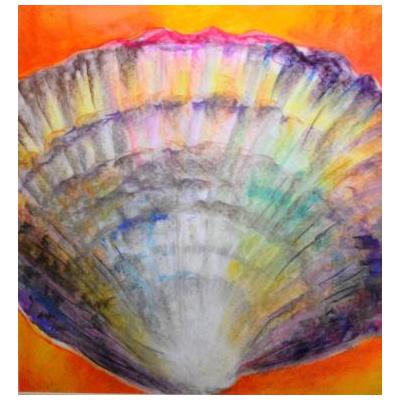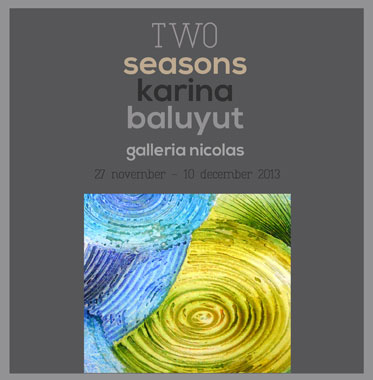
Kaina Baluyut: Two Seasons
The Philippines year is bookended by two seasons: the brilliant colors of summer and the lushness of the monsoons. Each season brings about its own sense of beauty. One of the country’s foremost abstract expressionists, Karina Baluyut, juxtaposes these two seasons in a wonderful new exhibition in Makati City. Baluyut uses her own grasp of hues and texture in an exhibit that is a continuation of her acclaimed series of tropical flora and tides. An expressionist, Baluyut’s technique emphasizes emotion over mimesis, surrounding the viewer with an aura of a calming vigor that reflects the array of emotions each new season brings.
The exhibition is appropriately titled “Two Seasons” and opens at Galleria Nicolas on Wednesday, (tomorrow) November 27, 6:30pm, where part of the proceeds will benefit the victims of typhoon Yolanda. Two Seasons will run until December 10, 2013. Galleria Nicolas is located at the 3/F Art Space of Glorietta 4 in Ayala Center, Makati City. They may be reached through the landline at (632) 625-0273 or email at info@gallerianicolas.com.
Karina Baluyut is an Architecture graduate of the University of the Philippines and a topnotcher in the architectural board exams in 2004. This background in non-linear abstractions that architecture represents enabled her examination in the junction of emotion and the merging of color, shapes, and forms. With the eye of a skilled draftswoman and the sensitivity of a poet, Baluyut constructs new visual realities within the realm of abstraction and reveals the depth of her emotional resonance in works that carry the weight of dissonance, memory, and the awareness of the passage of time.
The works in the exhibition refect this approach and are reminiscent of the seasons they represent. A good example of this is “April Love,” a painting of red flowers that only bloom during the summer. In this painting, Baluyut not only sets about to aesthetically recreate the flora, but she also attempts to link it to an emotion--in this case, love. Summer and courtships are intertwined in the Philippines, and Baluyut has a remarkable grasp of this fundamental idea.
The monsoon, on the other hand, is represented by the tide, which Baluyut uses to represent the smoothening of the old. Buluyut emphasizes water’s primary characteristic of flexibility. Water surrounds and penetrates, and the calming consistency of the tide belies the fact that the coast, in time, bends to its will. The presence of color invigorates this process, and the normally monochromatic tones employed by Baluyut gives way to the vibrancy of hues. An example of this is “The Call of the Tide,” which uses texture to highlight the flexibility of the tide.
Karina Baluyut’s profile is becoming more and more prominent, with this fascinating exhibition promising to be a great chance to survey some of her more interesting works.
